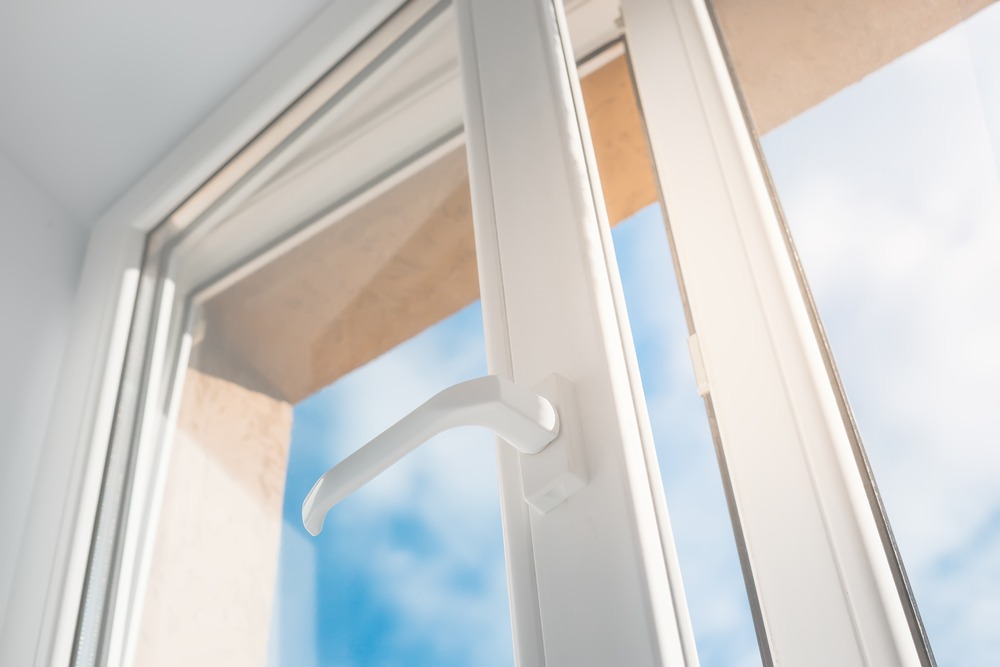If you are a homeowner, chances are you have thought about or had experiences with pest problems. If you are lucky, you have never had a pest infestation.
Pest infestations, especially mice and other rodents, are terrible because it seems like they will never all be taken care of.
Luckily, there is no need to go through this situation if you spend time and take precautions against it.
All you need to do is inspect your home so that you can take precautions to avoid wildlife pest infestations.
The Foundation
If you are really worried about a mouse infestation, in addition to other rodents, checking your foundation will be your biggest concern.
If you find any gap or hole that is bigger than a quarter of an inch, you need to fix it. The easiest way to fix small gaps or holes is to use a sealant or steel wool.
If it is a larger hole, consider using a small piece of sheet metal.
Always check where your furnace and other appliances go outside, as there are often holes around these.
A sealed foundation is highly important to keep rodents out, so be sure to spend time inspecting it.
The Roof
Another big concern with most homes is the roof. You should regularly inspect your roof and gutters because many roofs have holes and gaps along the shingles, the soffits, and vent screens.
These can usually be fixed with sealant or sheet metal, however it is important to nail down shingles and possibly replace them if you have to.
Also be sure to check your chimney to make sure no animals can get into it, as mice, squirrels, and birds often find their way in through chimneys.
Doors and Windows

Many wildlife pests can easily find entry into a home if the door and window frames are loose or cracking. Be sure to fix or replace broken window panes, door screens, and window screens.
Also be sure to inspect weather stripping and make sure it is tightly sealed to the door or window so that there is no room for anything to squeeze through. If you see any damage due to gnawing, be sure to apply a metal kick plate or some other metal solution
Look over every part of the door frames and window frames for any small holes or gaps and seal them if you find any.
Walls and Attic
While it may seem like a no-brainer, many people forget to even just examine the exterior walls of their home.
If you see any holes or gaps in the siding or the actual wall, it is important to get them sealed with sheet metal or sealant, as these are direct routes for mice, rats, birds and other pests to get into your home with minimal effort.
In a related sense, attics often feature holes and gaps along their external walls. Mice, rats, raccoons, and other critters especially love attics because they provide excellent warmth and nesting areas.
This can cause big problems, so it is important to keep them out. Seal any gaps and holes with sheet metal or sealant.
There’s always the option of finding a professional for help for the most effective inspection and repairs.
Garage
If you happen to have a garage that is connected to your house, you will need to check your garage for gaps and holes very well.
Especially pay attention to where your garage connects to your house. Even small holes and gaps need to be filled, as mice can squeeze through the smallest of holes.
If you have attic access out in your garage it is important to check the ceiling of your garage as well, as it can be an often overlooked entry point for rodents.
Yard and Property
Once you have inspected your home, it is time to expand your inspection outwards.
Many homeowners often overlook the importance of keeping their yard well-kept, as it helps prevent critters from being attracted to your property in the first place.
Look for any woodpiles, debris piles, tall weeds and grass, short shrubs, and any fruit that has fallen from trees.
Clean up any and all of these things you find, as it dramatically reduces the appeal of your yard.
Also be sure to trim back any tree branches that come close to your roof, as this provides a way for raccoons, squirrels, mice, and rats to find their way onto your roof and eventually into your attic.



Comments are closed.